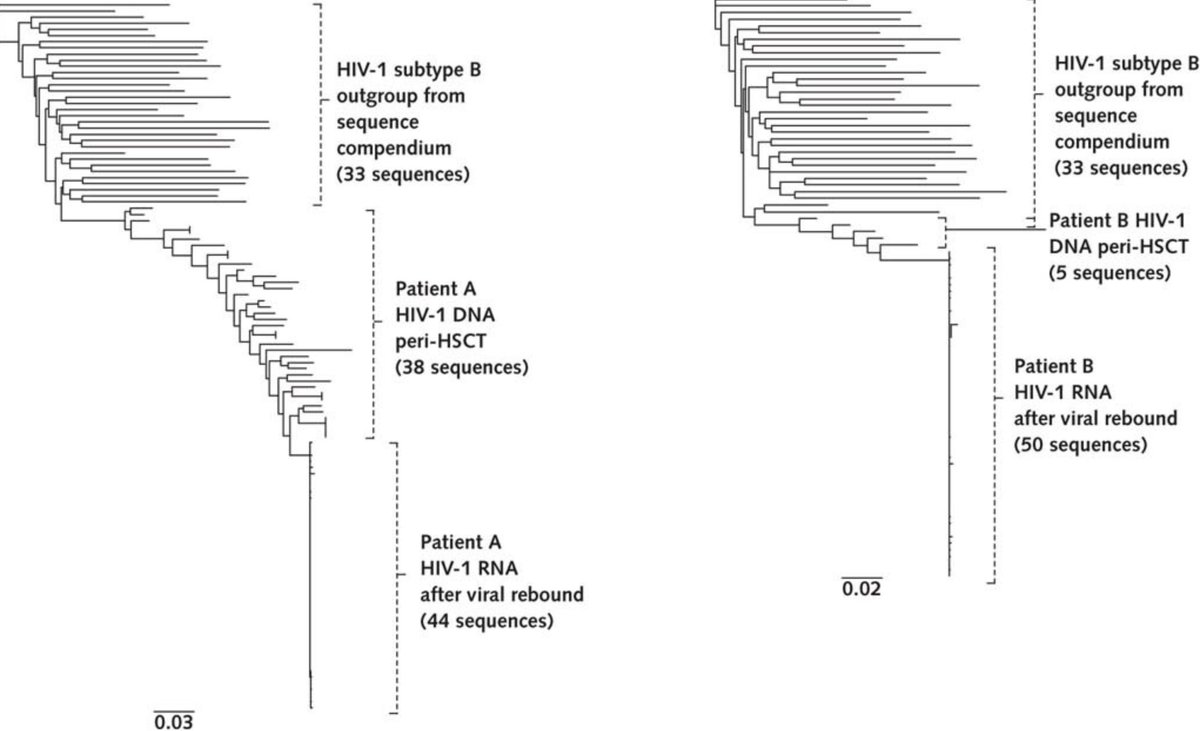A patient living with HIV with undetectable viral loads for many years asks you if they can stop their antiretroviral therapy (ART). What is the right answer and what is the underlying reason?
🧵🧵🧵👇(1/n)
#MedEd #MedTwitter #FOAMed #IDTwitter
🧵🧵🧵👇(1/n)
#MedEd #MedTwitter #FOAMed #IDTwitter
The answer is straight-forward: DO NOT STOP!
HIV is notorious for establishing a latent infection in a wide range of cell populations inside body. The lymphoid tissue is the major reservoir. (2/n)
HIV is notorious for establishing a latent infection in a wide range of cell populations inside body. The lymphoid tissue is the major reservoir. (2/n)

As a result, there is a rebound viremia following the discontinuation of the ART originating from these reservoirs. (3/n) 

The most characterized example is 2 patients w/ HIV who underwent stem cell transplantation due to hematologic malignancies. Although neither patient had any evidence of HIV following extensive investigation, rebound viremia occurred months after discontinuing ART. (4/n) 



Most notably, phylogenetic studies later showed that only a few cells (latent reservoirs) were responsible the viremia in both patients. (5/n) 

Therefore, as long as we don't have any means to eradicate these latent reservoirs, we don't have a cure and those w/ HIV should continue taking ART. (6/6) 

• • •
Missing some Tweet in this thread? You can try to
force a refresh
















